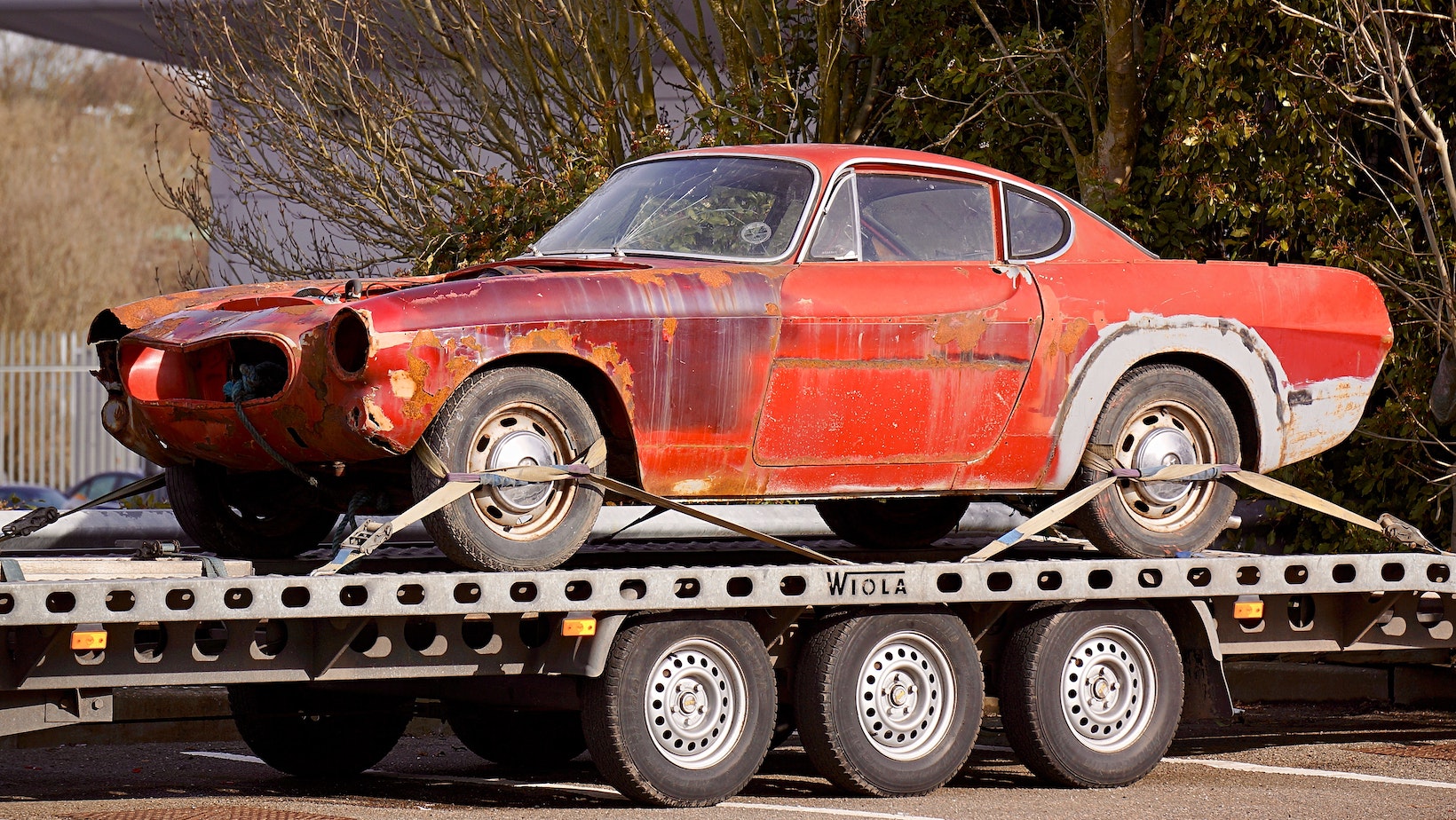Which of the Following is an Accurate safe Towing Recommendation
If you’ve ever found yourself asking, “Which of the following is an accurate safe towing method?”, you’re in the right place. As an expert with years of experience, I’ve compiled all the essential information you need. Safe towing isn’t just about hitching your trailer and hitting the road. It’s a process that requires knowledge, understanding, and adherence to specific guidelines.
In the world of towing, safety should always be your top priority. Whether you’re towing a boat for a weekend getaway or hauling heavy equipment for work, knowing the right methods can mean the difference between a smooth journey and a disastrous one. It’s all about ensuring the safety of you, your vehicle, your towed load, and everyone else on the road.
This article will delve into the different aspects of safe towing. We’ll look at the do’s and don’ts, the importance of understanding your vehicle’s towing capacity, and how to properly connect and secure your trailer. We’ll also discuss the role of driving techniques in ensuring a safe towing experience. By the end of this read, you’ll be well-equipped to tow with confidence and safety.
What is Safe Towing?
Safe towing is more than just hauling a load from one place to another. It’s a process that needs careful planning, appropriate equipment, and a thorough understanding of your vehicle’s capabilities. Most importantly, safe towing is about prioritizing safety in all aspects to ensure a smooth and accident-free journey.
To achieve safe towing, you need to understand your vehicle’s towing capacity. The towing capacity is the weight that your vehicle can safely tow without causing damage or affecting its performance. It’s noted in your vehicle’s manual and ignoring it can lead to serious problems like vehicle damage or even accidents.
Next, let’s focus on the do’s and don’ts of safe towing. Here are a few accurate safe towing recommendations:
- Always check and double-check your trailer connections. This may seem obvious, but it’s an important step that’s often overlooked.
- Don’t overload your trailer. Distribute the weight evenly and stay within your vehicle’s towing capacity.
- Always perform routine maintenance on your vehicle and trailer. This includes checking tire pressure, brakes, and lights.
Driving techniques also play a crucial role in safe towing. The way you drive can significantly impact your towing experience. Remember to take turns slowly, allow for extra stopping distance, and always use your mirrors.
Remember, safe towing is not just about getting to your destination. It’s about ensuring you, your vehicle, and everyone else on the road gets there safely. Stay tuned as we delve deeper into each of these aspects in the following sections.

Understanding Towing Capacity
Diving into the concept of towing capacity, it’s crucial to note that towing capacity is the maximum weight your vehicle can safely tow. This figure is determined by the manufacturer and can typically be found in your vehicle’s owner’s manual.
One of the accurate safe towing recommendations is to never exceed your vehicle’s towing capacity. Overloading can lead to serious damage to your vehicle’s suspension, brakes, engine, and transmission. It can also compromise your safety, making it harder to steer or stop your vehicle in time.
Understanding your vehicle’s towing capacity is more than just knowing a number. It involves:
- Evaluating the weight of the trailer when it’s fully loaded
- Adding the weight of any additional cargo or passengers in your vehicle
- Ensuring that this total weight is within your vehicle’s stated towing capacity
It’s also important to understand that towing capacity is not just about the weight of the trailer. It also takes into account the weight distribution of the load, the trailer’s design, and the conditions in which you’ll be driving. For instance, towing on steep hills or in high winds requires more power than towing on flat terrain.
Remember, safe towing is more than just hooking up a trailer and hitting the road. It involves careful planning, the right equipment, and a thorough understanding of your vehicle’s capabilities. Understanding your towing capacity is a fundamental step in ensuring a safe and successful towing journey.
So, which of the following is an accurate safe towing recommendation? Always stay within your vehicle’s towing capacity, distribute your load evenly, and adjust your driving techniques to cater to the extra weight you’re pulling. These are all essential steps in maintaining safety while towing.
I’ve delved into the essentials of safe towing, emphasizing that safety should always be your top priority. Remember, knowing your vehicle’s towing capacity isn’t just a suggestion—it’s a must. Properly connecting and securing your trailer can make the difference between a successful trip and a disastrous one.
Just as crucial is understanding the importance of weight distribution. It’s key to maintaining stability and minimizing the risk of accidents. Regular maintenance checks aren’t something to skip— they’re vital for safe towing.
Choosing the right tow vehicle might seem daunting, but considering factors like engine size, transmission, and braking system can guide your decision. Don’t underestimate the importance of following the manufacturer’s guidelines for hitch connection and trailer attachment.
Careful planning, the right equipment, and safe driving techniques are the foundation of a smooth towing journey. So, don’t take shortcuts when it comes to safe towing. It’s not just about getting from A to B—it’s about getting there safely.


